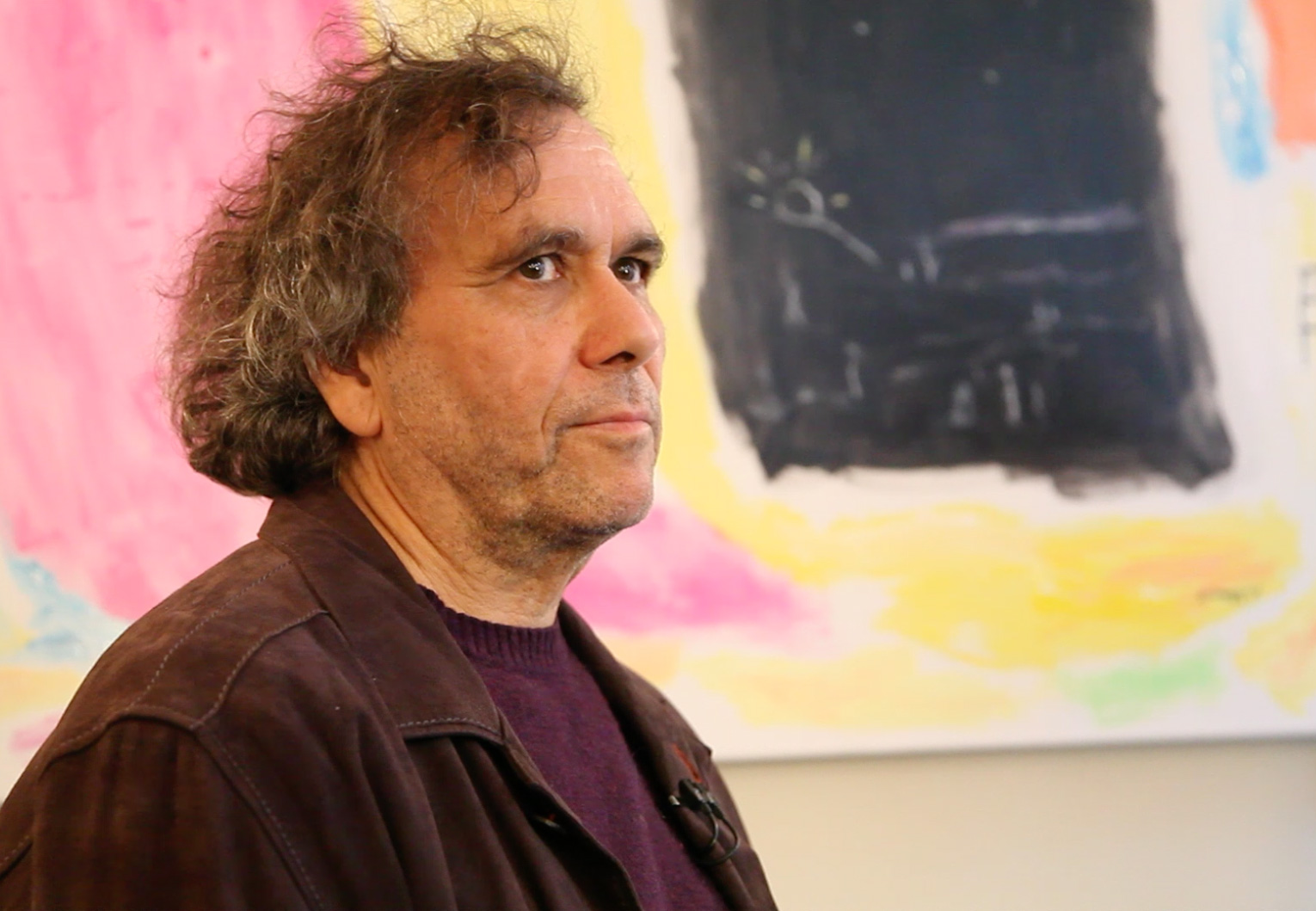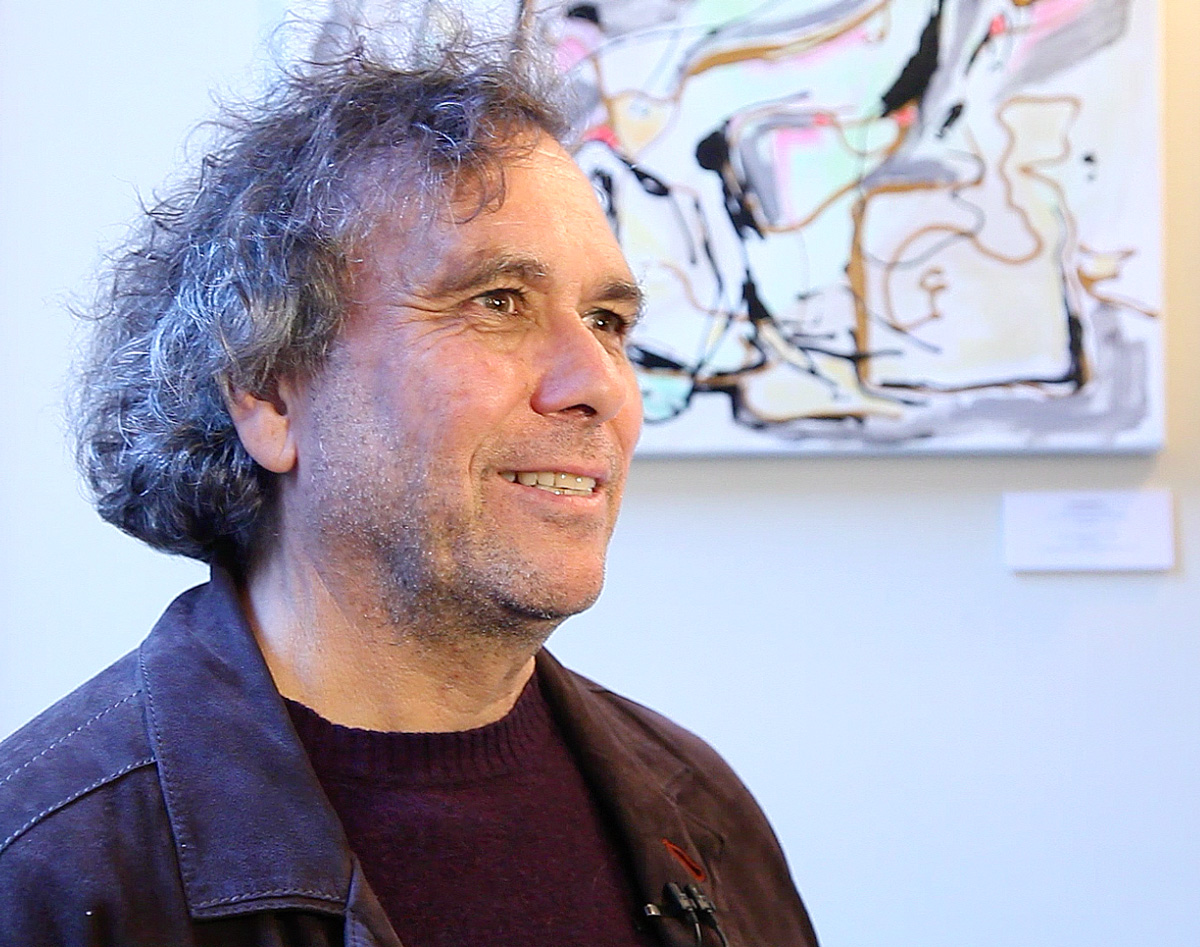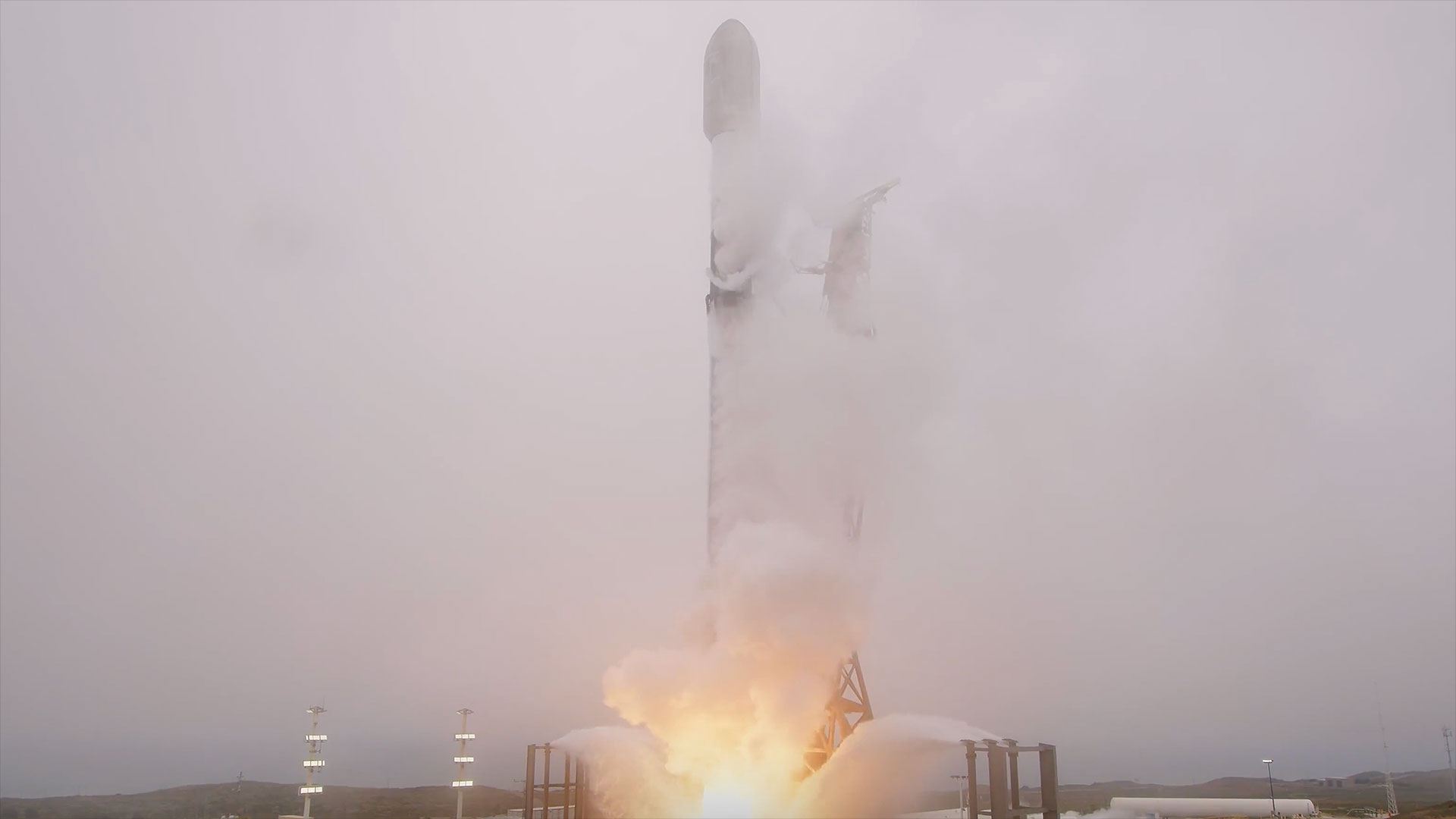Aha Moment! Art & Science Converge to Inspire Creative Solutions

NEW YORK — In our first public event, Space.com featured the art of mathematician and cosmologist Ed Belbruno in a gallery showing at New York's Café Minerva — and, next door, hosted a panel discussion probing science, art and the origin of inspiration with a problem-solving artist, an artistic scientist and Belbruno himself, who mingles the two.
Although his professional art and scientific careers do not overlap consciously, Belbruno says, he often finds elements of his scientific work reflected in his paintings: the whorls of orbital mechanics or strange time, and dimensions of cosmology and the origin of the universe. A mix of space science buffs and art lovers visiting the gallery event here Oct. 22 had the opportunity to talk with Belbruno and examine the artwork from his newest series along the walls of the café.
Next door, at Hamilton's Soda Fountain and Luncheonette, Belbruno met with his friends Robert Vanderbei and Rob Mars, a Princeton mathematician and a New York-based contemporary pop artist, respectively, to dig into the connections and differences between creating artistically and forging ahead in mathematics and science. A new video follows their discussion, which was moderated by Live Science op-ed editor Josh Chamot. [The Cosmic Art of Edward Belbruno (Gallery)]
To Belbruno, art and science are very distinct — in fact, he said, if he begins to think at all while painting he will immediately stop: "The conscious mind completely messes it up," he said at the panel. "The more you disconnect from your conscious mind the more you get a connection to the universe, and then if you get a really good connection to the universe, which I try to strive for, then the universe gives you the right answers," he said. "You don't have to worry about it."

"I feel the opposite of what Ed feels," Vanderbei said. "The deeper I get into it and the more focused I am on something that I like, then I get that 'aha' moment while I'm focused rather than sort of trying to get out of my mind and all of a sudden something happens."Vanderbei, a fellow mathematician, had a different take on creating. He is an amateur astrophotographer (who has contributed to Space.com), and while taking photos he is trying to document the beauty of nature. He accesses it the same way as finding the beauty within equations or a scientific problem: by concentrating hard.
Mars, too, seemed to use his conscious mind to create. "What we all do is problem solve," Mars said. "My problem solving is different, the end result is different than what you are doing." He described choosing from paint, collage material and different imagery, and figuring out how to get from there to the desired final product. "And that can change," he said. "Like going to the moon: There's never one path, there's billions of paths."
Conscious or not, though, Belbruno saw them all as pursuing beauty in their art: "With Rob's work, or the photography [Bob] does, with some of the work I'm doing, there's a natural beauty to these things; if there wasn't, you wouldn't want to look at them," Belbruno said. "I think underlying all this is the beauty." After that, he said, you can concentrate on its significance and what it means.
Breaking space news, the latest updates on rocket launches, skywatching events and more!

Throughout their discussion, all three kept coming back to the need to pursue multiple paths and interests, which is currently discouraged by academia. Whether creating art or solving a problem, those connections between different disciplines and ideas can be the key to inspiration — even if it comes in different forms.
"When you dig into a problem in the sciences, and you're just going through like slash, burn through a forest, then you see suddenly there's a way to solve it, you'll get your 'aha' moment — but it's momentary," Belbruno said. "And then the next 20 years you're working it out […] But for the arts, when you're doing a sculpture or a painting, when you're really in what I call the zone, when you let go, you're not in the 'aha' moment for seconds, you're in it for hours. An effective painting is you're living in the 'aha' moment, and that's entirely different."
Email Sarah Lewin at slewin@space.com or follow her @SarahExplains. Follow us @Spacedotcom, Facebook and Google+. Original article on Space.com.
Join our Space Forums to keep talking space on the latest missions, night sky and more! And if you have a news tip, correction or comment, let us know at: community@space.com.

Sarah Lewin started writing for Space.com in June of 2015 as a Staff Writer and became Associate Editor in 2019 . Her work has been featured by Scientific American, IEEE Spectrum, Quanta Magazine, Wired, The Scientist, Science Friday and WGBH's Inside NOVA. Sarah has an MA from NYU's Science, Health and Environmental Reporting Program and an AB in mathematics from Brown University. When not writing, reading or thinking about space, Sarah enjoys musical theatre and mathematical papercraft. She is currently Assistant News Editor at Scientific American. You can follow her on Twitter @SarahExplains.
